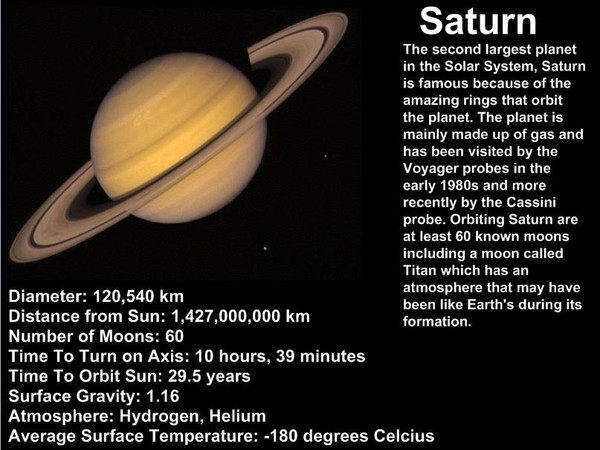Saturn’s Rings May Be As Old As Solar System
Why in the news?
A new study challenges previous estimates that Saturn’s rings are only 100 million years old. Computer models suggest dust particles are expelled, keeping the rings clean, implying they could be 4 billion years old, like the Solar System.
New Insights: Rings May Be Ancient
- A new study from Tokyo and Paris-based researchers suggests the rings are much older than previously thought.
- Computer models reveal that when dust collides with ice in the rings, it evaporates and disperses into tiny particles.
- These particles either escape Saturn’s gravitational pull or fall into its atmosphere, preventing long-term accumulation.
- This explains why the rings remain bright and suggests they could be as old as the Solar System itself (4 billion years).
Broader Implications for Space Exploration
- Understanding Saturn’s rings helps scientists study its moons, especially Enceladus, which has an underground ocean and active plumes.
- NASA’s Clipper mission to Jupiter’s moon Europa could further unravel how planetary ring systems evolve.
- The study raises questions about why Saturn, Jupiter, Uranus, and Neptune have such different ring structures.
- Future space missions may explore Saturn’s rings in greater detail to confirm their true age and origin.
The Mystery of Saturn’s Rings:
- The age of Saturn’s rings has been debated for decades, with conflicting theories.
- Cassini’s observations showed the rings are exceptionally clean, despite constant cosmic dust bombardment.
- Scientists initially estimated the rings to be around 100 million years old, assuming they had not accumulated enough dust.
- However, this raised a key question: how could such massive rings form so recently in the Solar System’s history?




